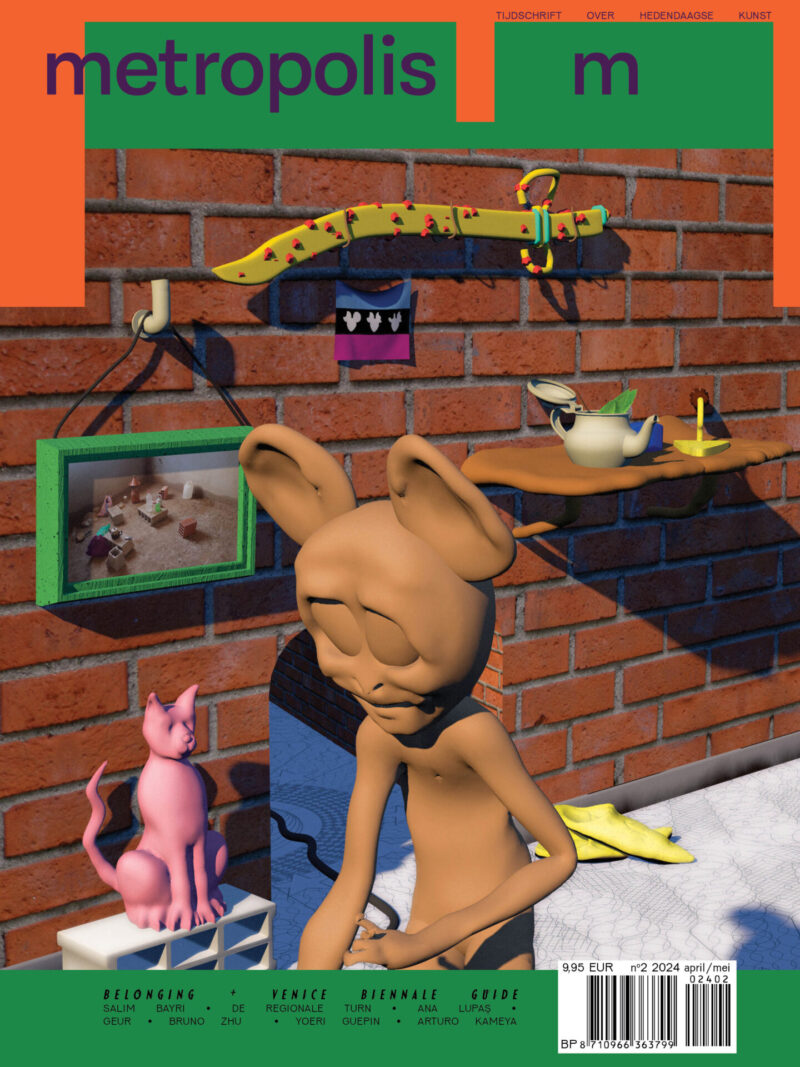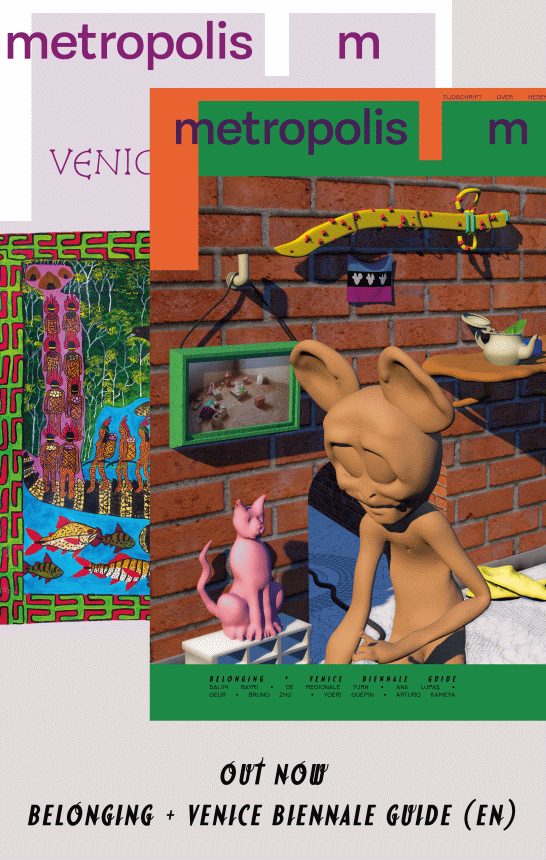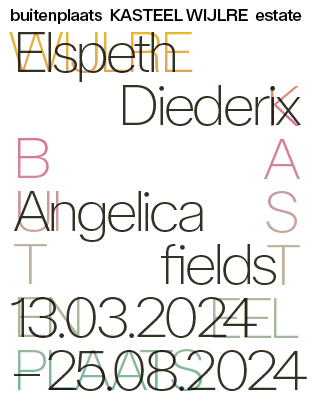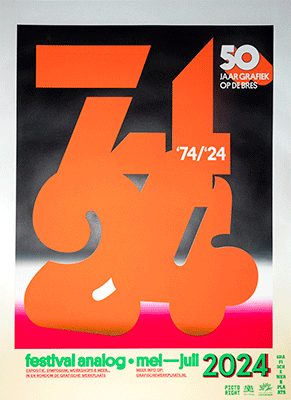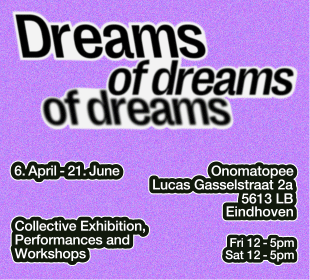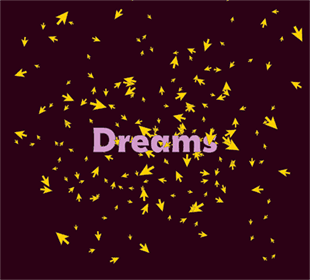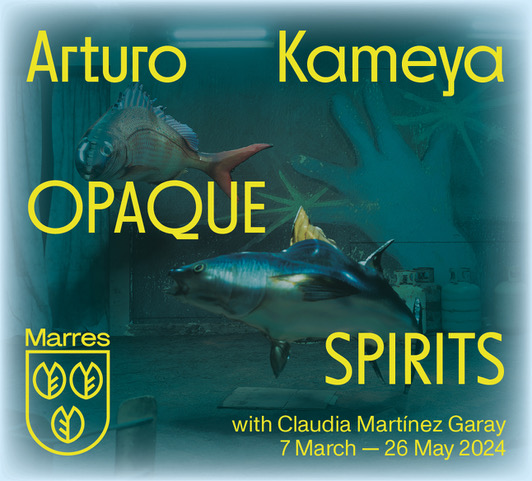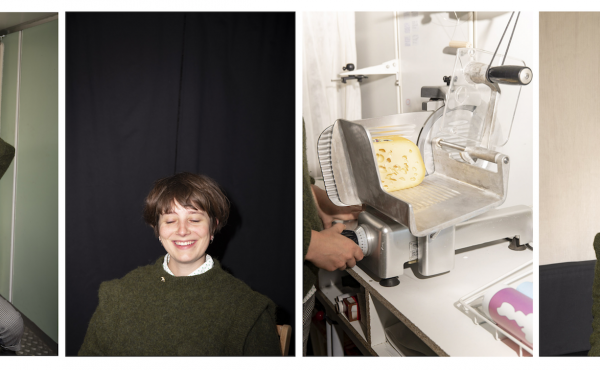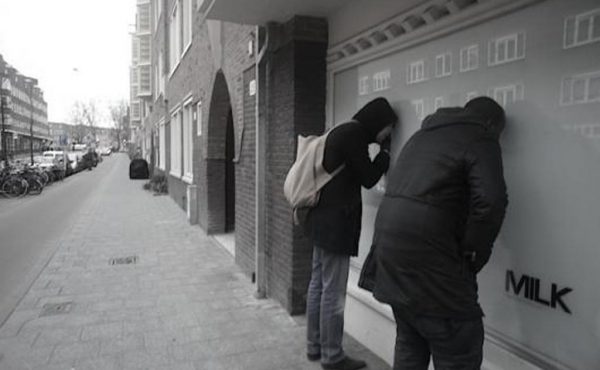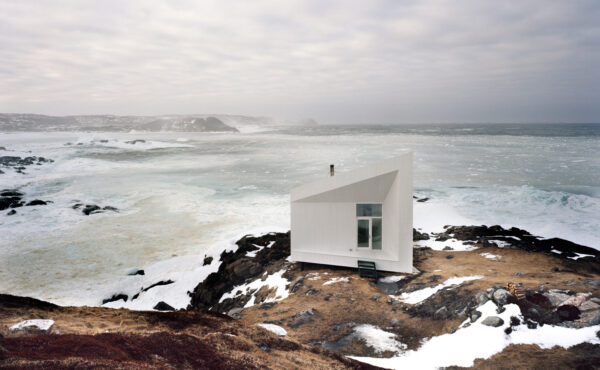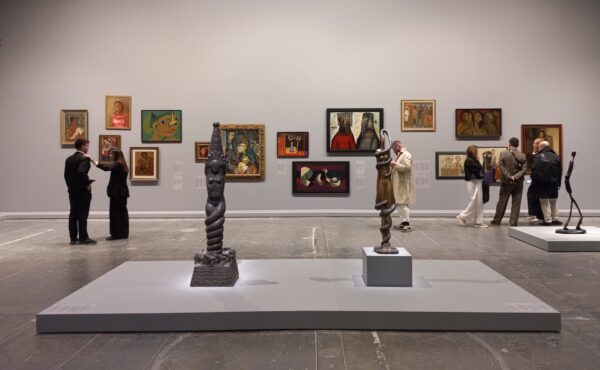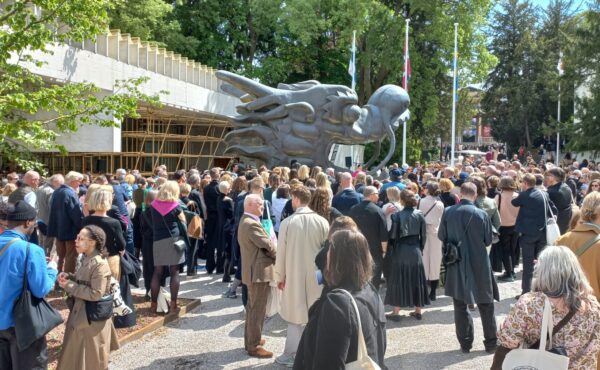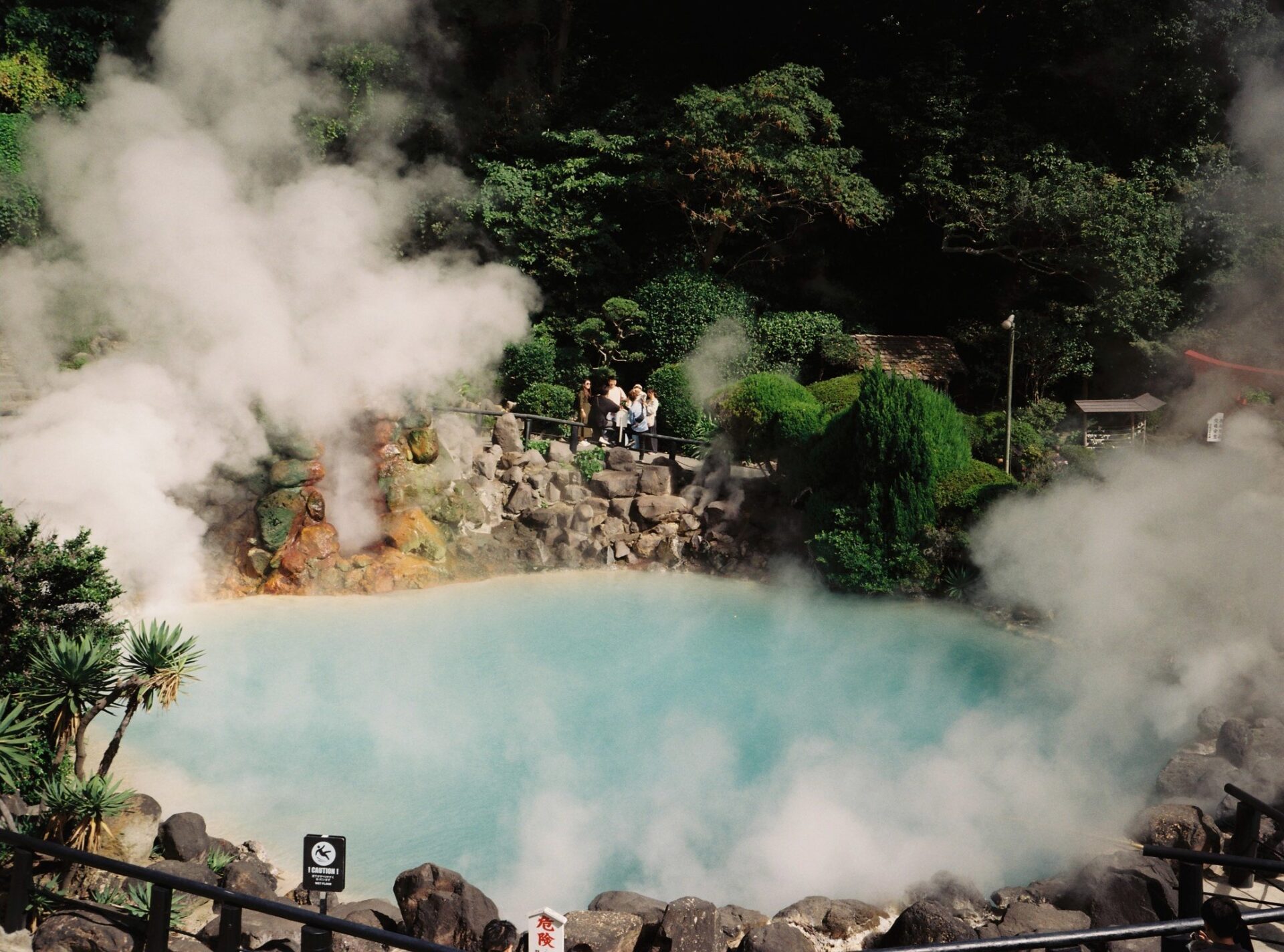
Film photo of Umi Jigoku in Kannawa taken by Eloise Sweetman
Postcards from Japan
Eloise Sweetman sends postcards from Japan, where she was finishing a residency in Tokyo with A.I.T. Japan.
For the last three months, I have been researching incense as a metaphor for exhibitions and curating. My research has led me to participate in many activities such as touching my forehead with powdered incense as I step over a temple threshold, viewing the mid-autumn moon, riding with a deepening loop sunset on a bus from Koyasan to Kyoto, marveling at the horizons embracing mountains, run after thermal vapor grazing the clouds, stand on the verge of tear at fire rituals from the Buddhist tradition, and be immersed in a steam ritual from the Shinto tradition. Some of this I share in the postcards below, and others I am writing into a collection of essays to be published next year.
Ota City, Tokyo Prefecture, Japan
Two men with cameras and telescopic lenses focus on the distance. I turn to see what they are looking at. Assuming they are trainspotters, I become uninterested. I turn back to wait for my train to Shibuya in Tokyo, Japan. Days later, while walking past that same station, I do a double take. In the distance silhouetted by a deepening sunset is Mount Fuji. I am kicking myself for dismissing the photographers earlier. The mountain has been backgrounding my days and I didn’t even bother to look up. This is the mountain that people all over the city create miniatures of, to enjoy a simulated view, and I can see it –weather permitting– whenever I want. Watching a documentary on traditional Japanese gardens, I learn the concept of ‘borrowed view’. The faraway view of a mountain is often incorporated into the garden design of a temple. The view is considered from an interior standpoint which frames the rock garden, manicured Japanese pine trees, the foliage behind the wall, and then the land formation. Japanese rock gardens are designed precisely to make you consider your position and offer sight lines that challenge your presumptive perspective.
Banryu-tei Garden, Kongobu-ji Temple, Koyasan, Wakayama prefecture
I gaze into room after room of Japanese screens of chrysanthemums, autumn leaves, and mottled white, orange, and black carp fish as I walk along the verandah of Kongobu-ji Temple. For the weekend, we are in Koyasan, a temple village in Mount Koya in the prefecture of Wakayama. There are 117 temples with a population of 3,000 inhabitants.
We round a corner and I see the largest rock garden I have ever seen rising out of the ground. The brilliant colors of the screens inside the rooms reflect the changing leaves of the maples that edge the rock garden. The dark granite rocks form two dragons, an important symbol in Shingon Buddhism (a major school of Japanese Buddhism) representing its disciples and protecting a sacred building in the center of the garden. These rocks seem to hover off the ground as the light grey pebbles are raked in such a design that they appear to be clouds. I get in my way, trying to see the garden in its entirety.
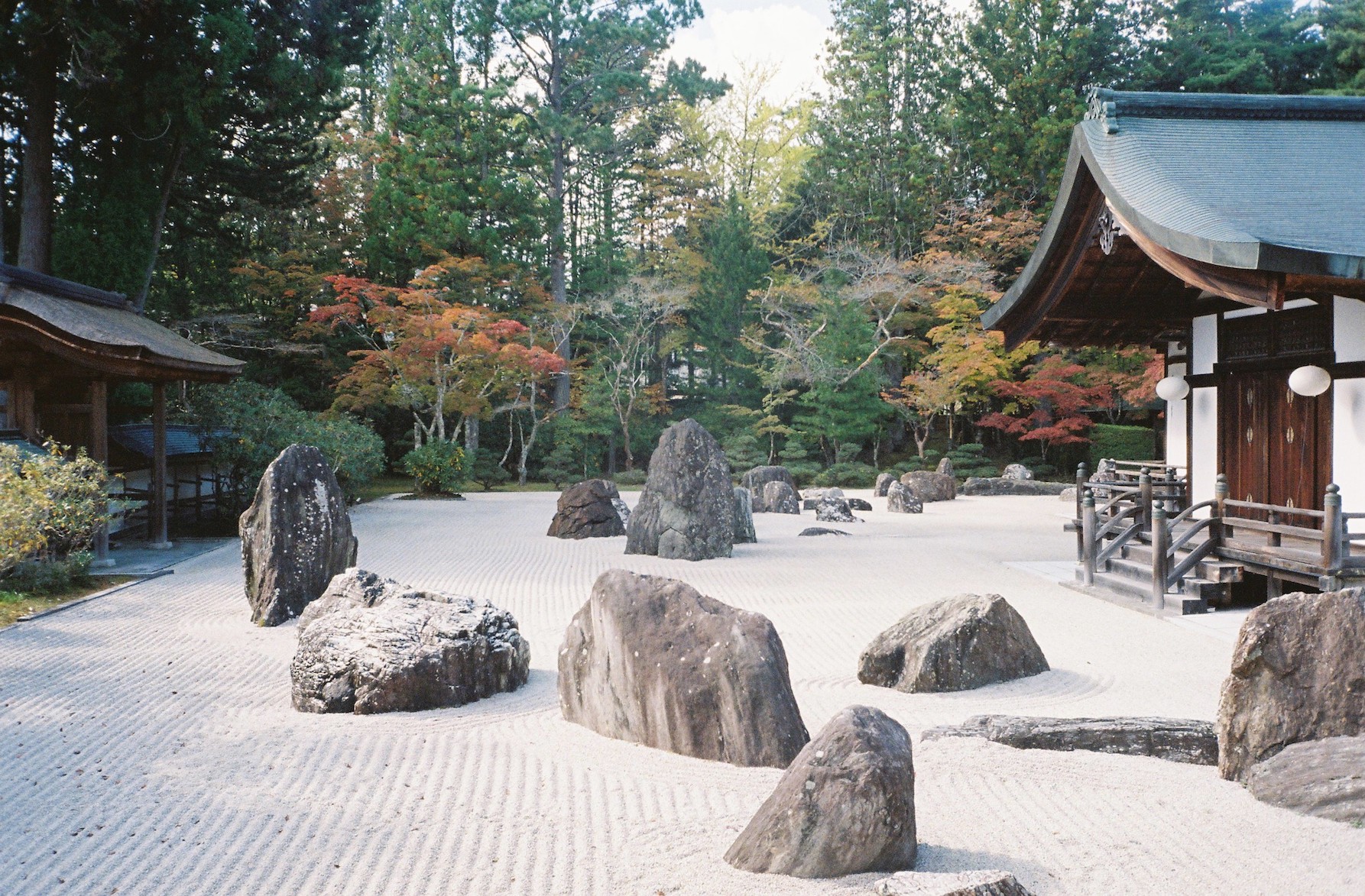
Film photo of Banryu-tei Garden in Kongobu-ji Temple, Koyasan, taken by Eloise Sweetman
‘A blank stare like a gasp’, Lee Kit, ShugoArts, Tokyo
Walking into a dim room, I find myself in front of a painting by Lee Kit. Spray paint of aqua blue and white on metal. Lee is looking for as little contact with the paintings as possible. When I turn to walk to another work, I think I am looking at the body of water, the ocean at night perhaps. It’s not. The video work behind me is reflected in the very smooth glass protecting a printed work of what I think is the head of the swimmer. Unless I ask Lee what I am looking at, all the works make me question what I am seeing, except the bashed, smashed, and kicked-to-shit washing machines that are in the middle of the room. From where I stand in the exhibition, all the work slips out of focus. They make me work, walking backward and forwards to catch everything. Like the rock gardens, my static position will not give me everything at once.

LEE Kit, 'A blank stare like a gasp', installation view, 2023, ShugoArts. Copyright the artist, courtesy of ShugoArts, photo by Shigeo Muto
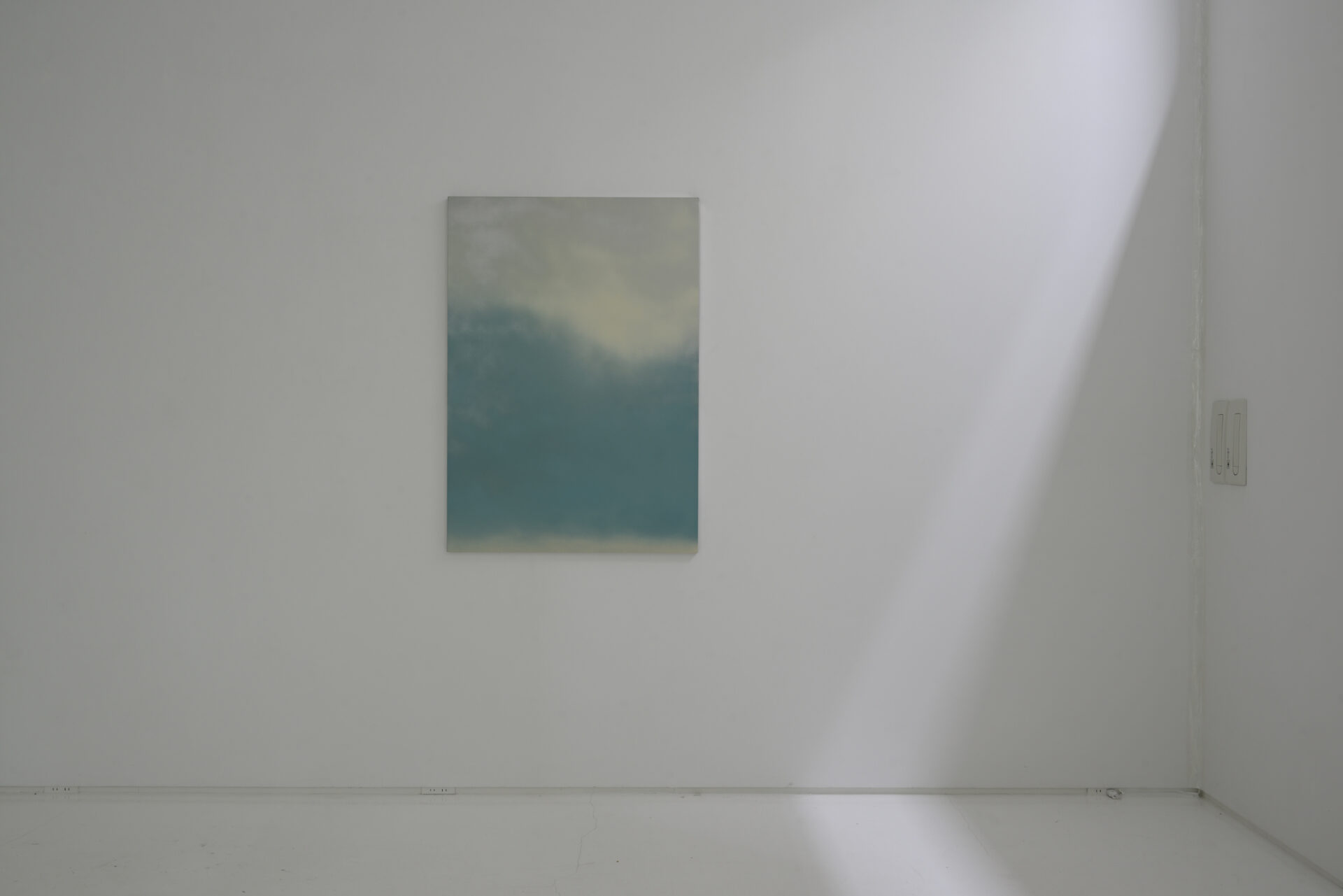
LEE Kit, 'A blank stare like a gasp', installation view, 2023, ShugoArts. Copyright the artist, courtesy of ShugoArts, photo by Shigeo Muto
Umi Jigoku, Kannawa, Oita Prefecture, Japan
I am in hell, a popular tourist destination and it looks just like a painting by Lee Kit. Hundreds of years ago, villagers in the area refused to visit the hells, or thermal viewing pools out of fear. Sitting at the foot of a volcano, this area has the highest density of geothermal activity in Japan. A Buddhist monk calmed the water and encouraged the villagers to visit these pools. Now no one is afraid and there is a clamoring to get the best photo. The pools are blue, green, grey, red, and white, due to the high temperatures ranging from 85 degrees to 100 degrees. Up close, the steam seems out of control, unlike clouds that move lazily across the sky. When seen out of context, (ie from the source), the vapor could be mistaken for smoke, and it provokes a sense of danger, it also provokes other negative feelings like pollution and destruction, wildfire, mining, and so on. From the other side of the bay, I can see the factories in the morning sun emitting large clouds of waste. Each viewing pool is beautiful in its own way, but the most popular is aqua blue, the color of a tiled swimming pool, with steam rising from several different points. I slowly walk around it, daring myself to enter the thick cloud.

Film photo of Umi Jigoku in Kannawa taken by Eloise Sweetman
‘Inextinguishable Fire’, Scai Piramide, Tokyo
Now I am alone, sitting in the cinema room of Scai Pirimade. I am watching footage of a mushroom cloud in Inextinguishable Fire (1969) a documentary film by Harun Farocki. In Hiroshima, I learned that the picture of the famous mushroom clouds was taken 3 hours after the bomb detonation. I reel from the absolute power that does not linger but remains, steadfast. The film is about the development of the napalm bomb and its design to hurt and maim civilians. ‘When we show you pictures of napalm victims, you’ll shut your eyes. You’ll close your eyes to the pictures. Then you’ll close them to the memory. And then you’ll close your eyes to the context’, says the film. As predicted I close my eyes when the person on the screen stubbs a cigarette out on their arm. There is little poetry to soften the calculated violence.
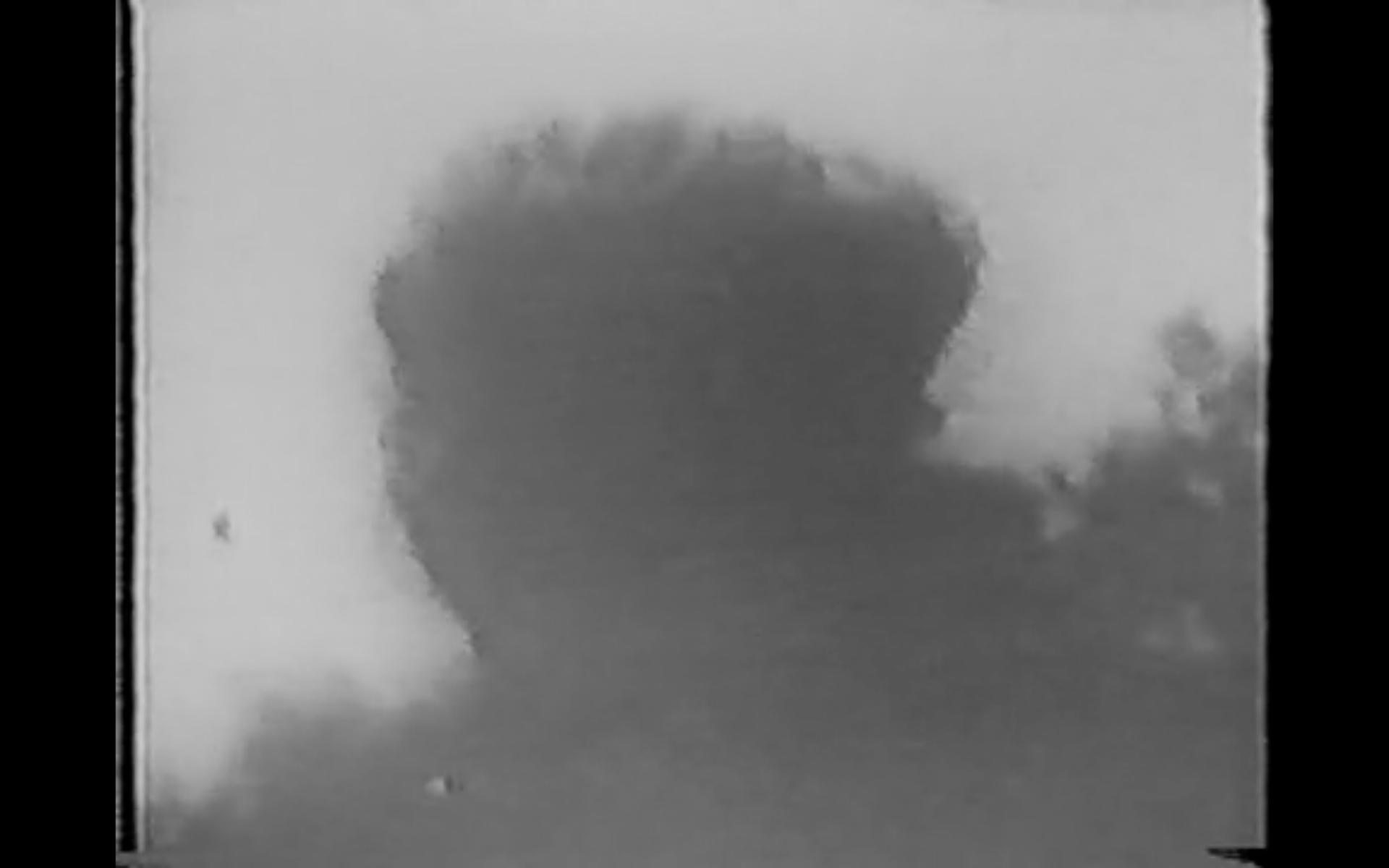
Still from Inextinguishable Fire (1969), Harun Farocki, retrieved from Vimeo on 5 December 2023
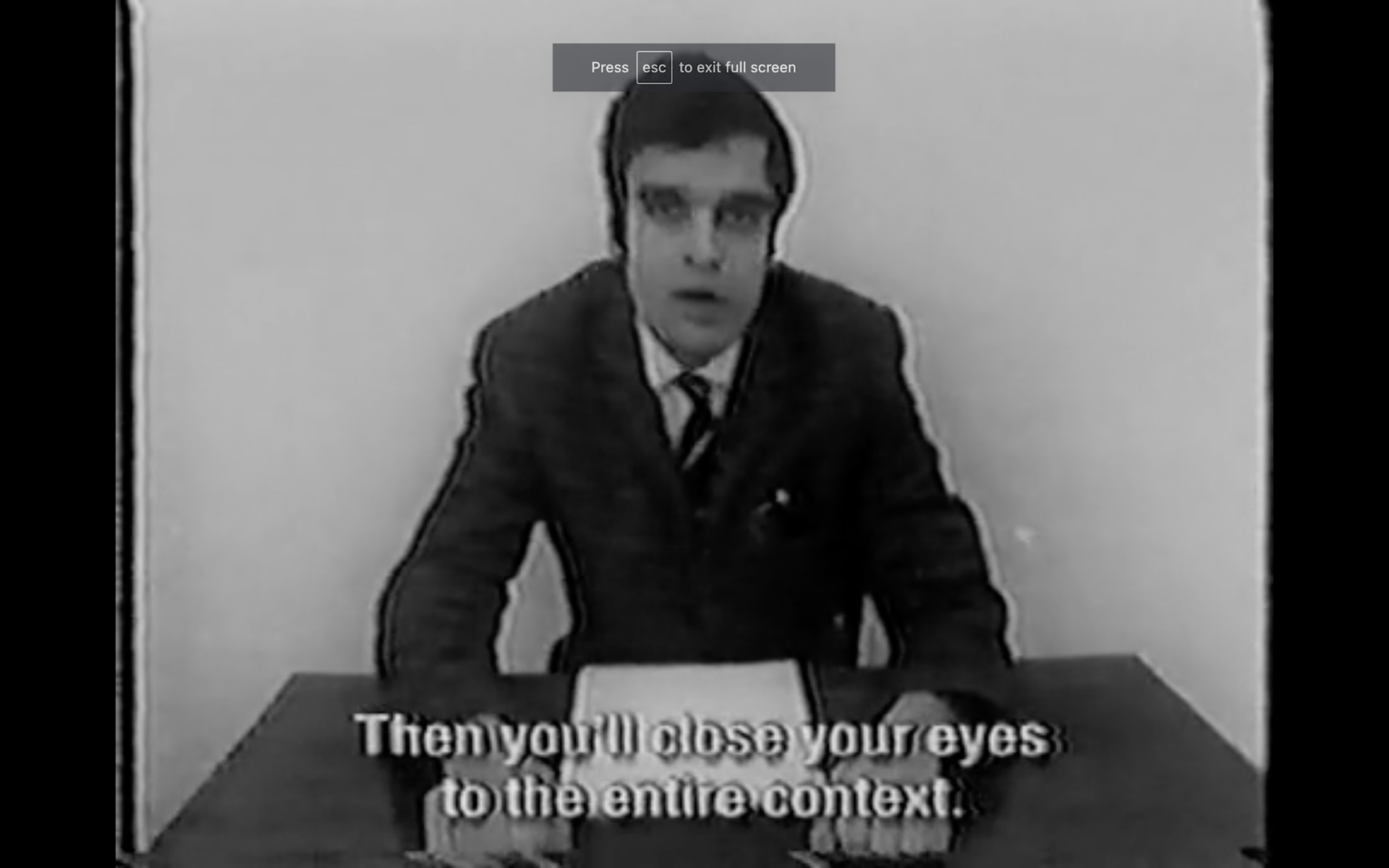
Still from Inextinguishable Fire (1969), Harun Farocki, retrieved from Vimeo on 5 December 2023
The Tale of the Flowering Fortunes, Tokyo National Museum, Tokyo
I walk out of the gallery and into a golden hour. ‘Everybody is right’, I think trying to distract myself from Harun Farocki’s work and its relevance to the numerous wars going on at the moment. I take a photo of a Japanese maple, ‘Japan is beautiful in Autumn’. Gold appears often on this trip, on the turning leaves, in temples, and on clothing.
Arriving on the top floor of the Tokyo National Museum of Art we are surrounded by Japanese screens. My son refuses to sit in his stroller, and carrying him is the only way I can take time to focus on what I see. So my research method here is to describe to him in detail what we are looking at as I walk around the exhibits. We are almost immediately confronted by a golden Japanese screen. This is what I tell my son:
The images depict a chapter from The Tale of the Flowering Fortunes, the oldest written tale in Japanese history. The screen is in three parts (with two sections per panel), in the first panel there is a garden and a fence, and in the third panel is the interior of a house. The garden and house meet in the second panel but the entire screen is immersed in a gold cloud. The cloud creates a cinematic effect of the viewer flying down through the cloud and the images below begin to appear, the middle panel is almost completely taken up by the cloud and it’s also where parts of the garden and the house meet. We cannot see everything. Maybe the cloud was obscuring the scene, but now I am wondering if it is revealing something to the viewer. The cloud is slowly dissipating, and I know we should wait.
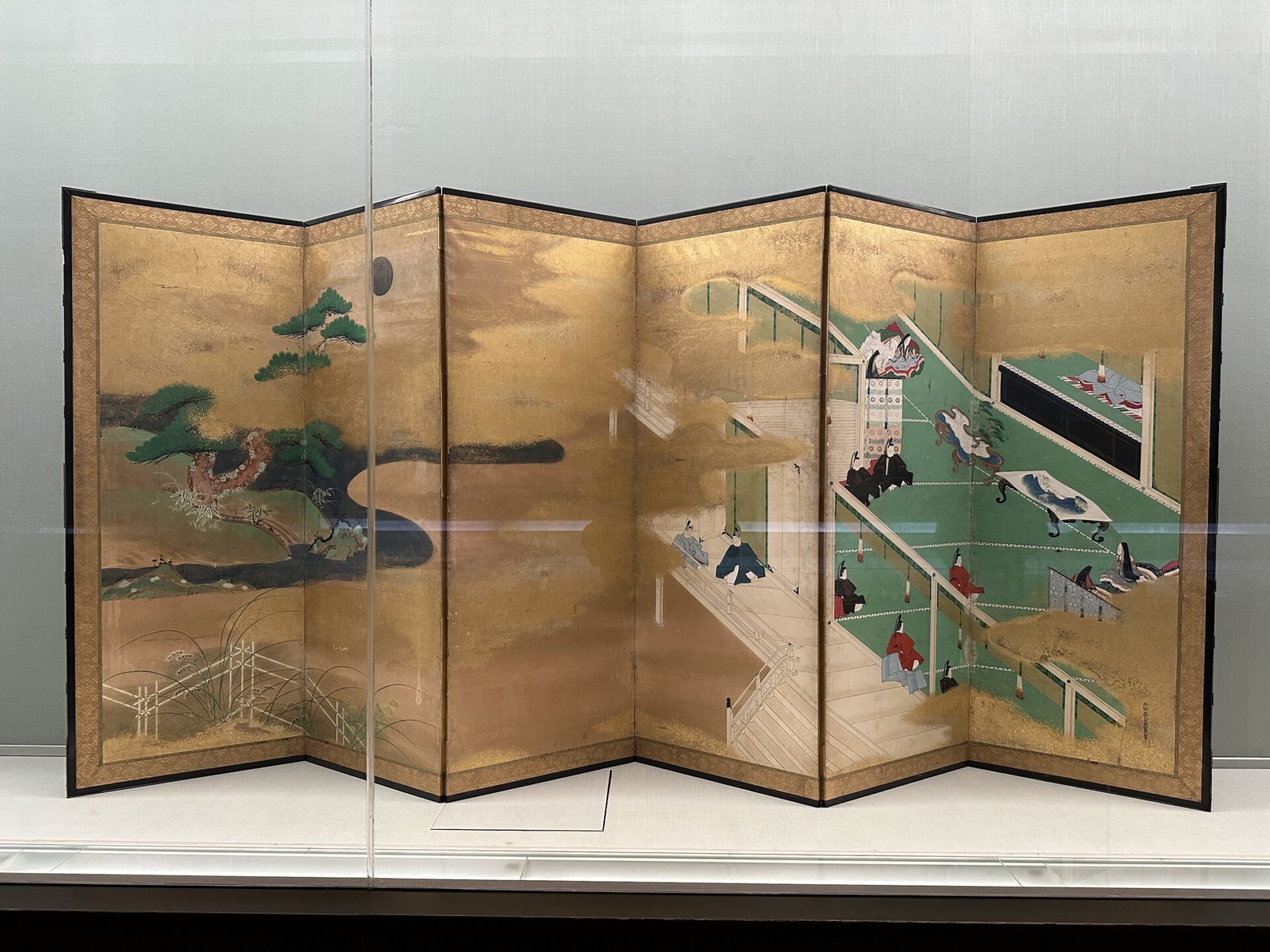
iPhone photo of The Tale of the Flowering Fortune, Tokyo National Museum taken by Eloise Sweetman
Eloise Sweetman
is a curator and writer who explores the nuances of ‘not knowing’ and ‘intimacy’. She is one half of Shimmer, a curatorial studio in the Port of Rotterdam